Affiliate links on Android Authority may earn us a commission. Learn more.
What is Touchwiz?

At one point in time, reviewers of Samsung smartphones across the board would religiously turn to “TouchWiz” when searching for flaws in the company’s offerings. But in recent times, Samsung’s UI receives much more positive attention.
So what is TouchWiz, and why and how did it go from the focal point of Android users’ hate to a major reason to buy Samsung phones? A brief history of the skin we all know and love (well.. depending on who you ask) follows.
TouchWiz at its most basic level is Samsung’s take on Android. It’s an interface that extends beyond Android smartphones, but in recent years it has best become known in that context. For Android, it’s a “skin” over the user interface that “vanilla” Android (the stock version produced by Google) utilizes. This means that, visually, phones running TouchWiz look a lot different than phones running a more stock version of Android that you’d find on something like a Nexus phone or with the Google Pixel family.
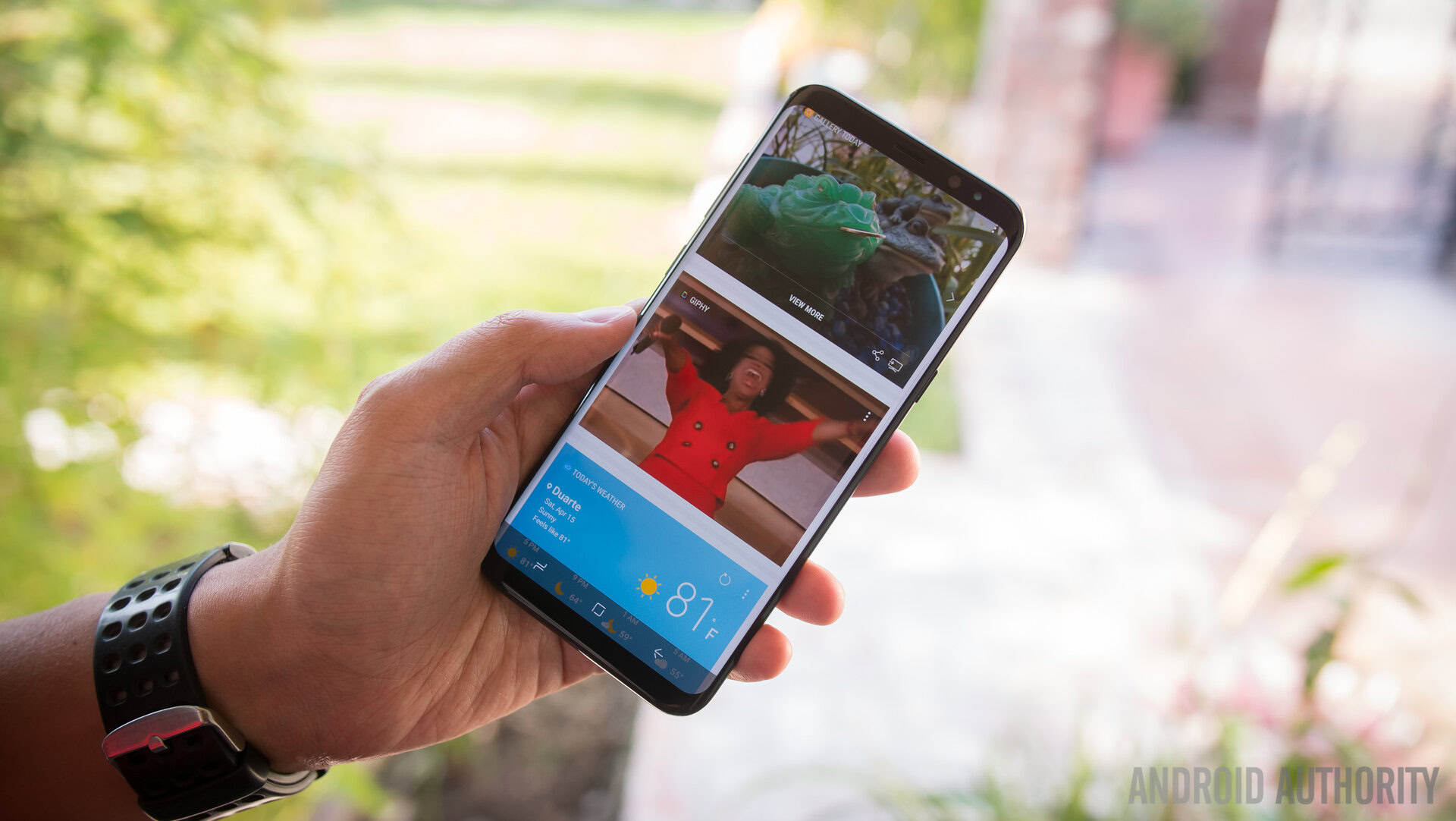
Additionally, Samsung can functionally diversify the available software features and visuals to include more than just what Google packaged in its latest build of Android. Of course not everyone considers this a good thing, and over the years this is where Samsung has received the most criticism.
The TouchWiz of old
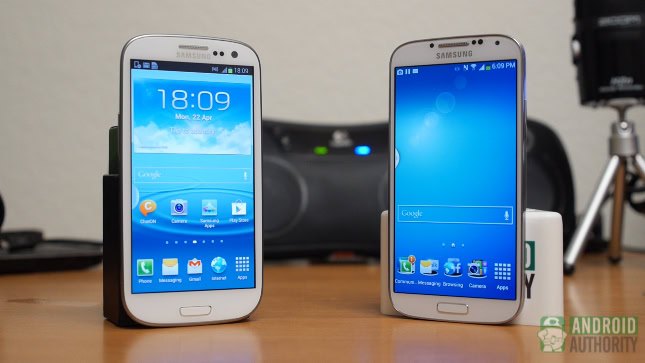
Starting with the visual elements of TouchWiz, early versions of its “Nature UX,” preloaded on important phones in the company’s arsenal over the years, such as the Galaxy S3, were derided for aesthetic differences from versions of Android at the time. For instance, the app drawer functioned differently in TouchWiz than in stock Android, and had few options available to make it function the same way (aside from third-party remedies).
Even more important, early versions of TouchWiz were prone to performance issues as a result of Samsung cramming their phones with every possible extra under the sun. Each year, with the announcement of a new Galaxy S smartphone (or, as became commonplace at one point, the Galaxy Note), Samsung added new features—multi-window, S Voice, S Health, ChatON, S Memo, Knox, and more. And, inevitably, with these features came reduced performance as they added on to each other and increasingly used the limited resources available to the phones.
Another big performance-centered gripe was the Settings app—it featured sub-menu upon sub-menu (for each of the many features Samsung chose to include), making it near-impossible for a user to find their desired option. Its user interface was additionally clunky and difficult for new users to pick up, a stark contrast to Samsung’s biggest competitor at the time. Where Apple’s iPhones were touted for simplicity and ease-of-use, Samsung’s phones—though mainstream—were seen as difficult to use and for the “power user.”
This all, so far, seems pretty negative. If this is all true, how has Samsung managed to escape blame about TouchWiz (for the most part— its anti-fans still exist, after all, just in fewer numbers) with its newer releases? The change began, for the most part, with the release of the Galaxy Note 4 smartphone in 2014.
Modern TouchWiz and its gradual transformation
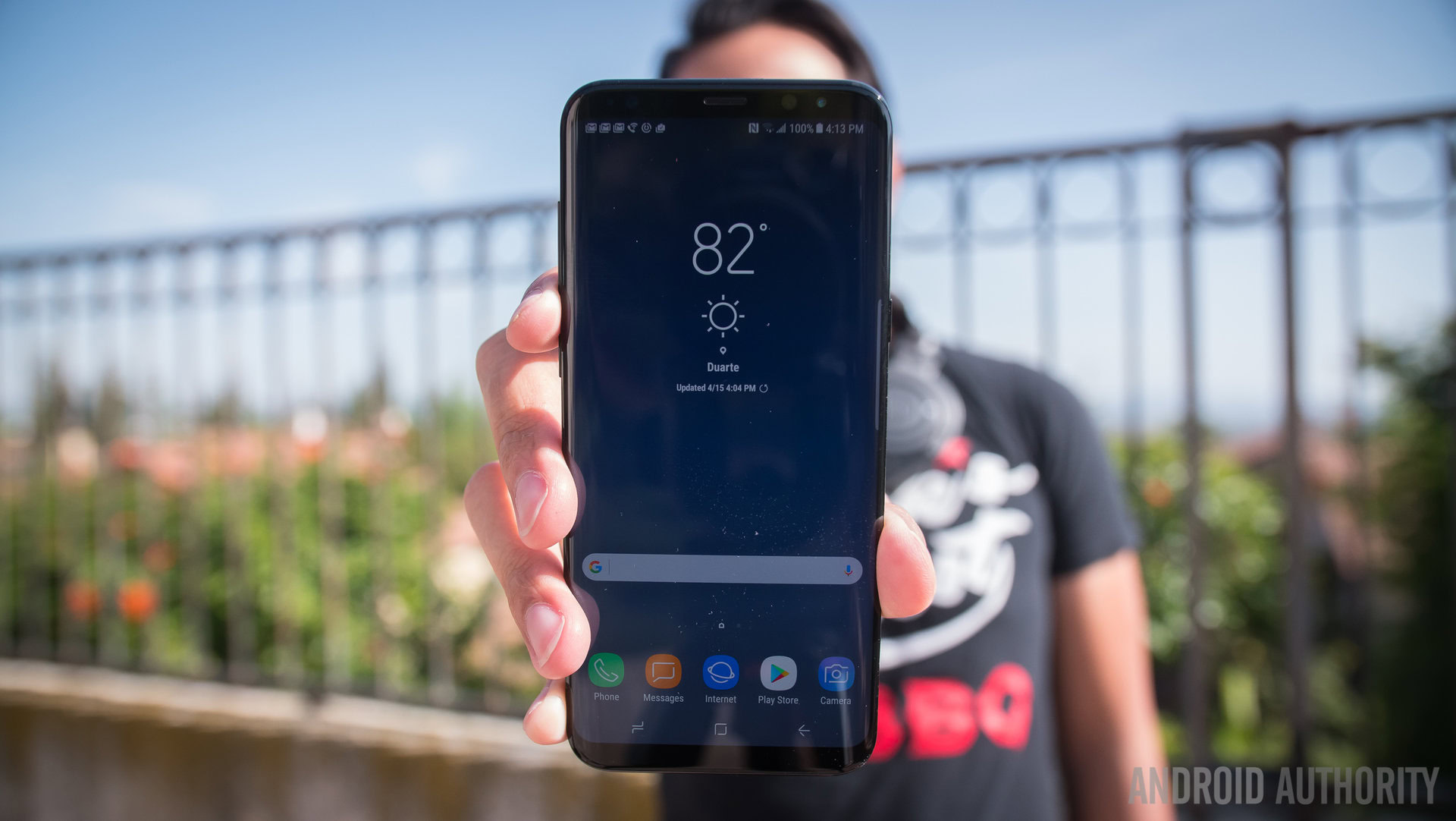
The version of TouchWiz that shipped with the Samsung Galaxy Note 4 began to cut down the clutter in favor of a more restrained user interface that was both less resource intensive and less prone to confusion.
Though that phone didn’t remedy all the concerns users had about TouchWiz, it started a trend of Samsung slimming down the skin. By the release of the Galaxy S6 in 2015, Samsung had chosen to disable a lot of the available TouchWiz features by default, affording users some choice while not sacrificing the functionality Samsung had become known for.
Additionally, Samsung—at about the same time—began embracing Google’s vision of Android design a little more. It moved from primarily-black menus to lighter menus that embraced Google’s new “Material” vision of Android. It added performance-oriented features that Google implemented like App Standby. Its implementations of new Android features were grounded in similarities to Nexus counterparts. In short, Samsung took the blame, and started taking steps (albeit slowly) to meet demands.
In 2016, the Galaxy S7 and its ill-fated brother, the Galaxy Note 7, further refined what Samsung started with the Note 4 and Galaxy S6, finally addressing nearly ever major concern regarding TouchWiz.
Samsung Experience and One UI
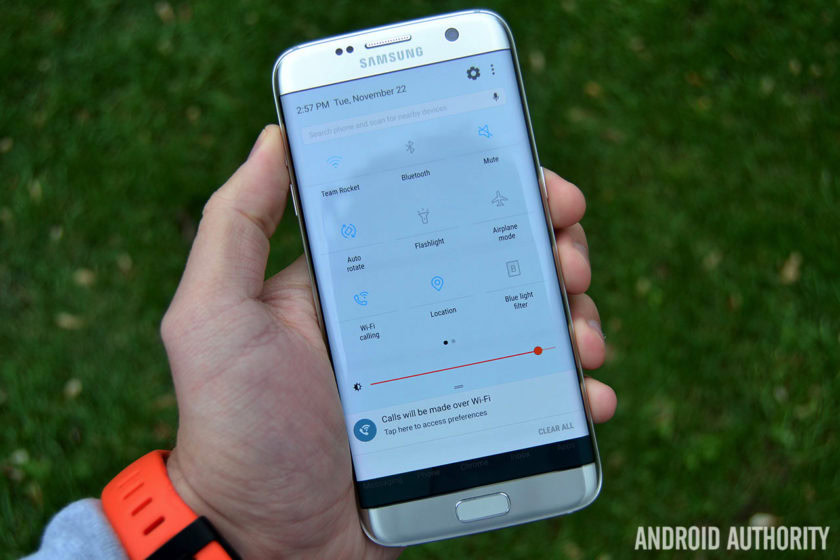
In late 2016, the TouchWiz UI began to be phased out, as the company introduced the new Samsung Experience UI which was first introduced in the Android Nougat beta for the Galaxy S7. The UI is much cleaner, along with streamlining a lot of the design.
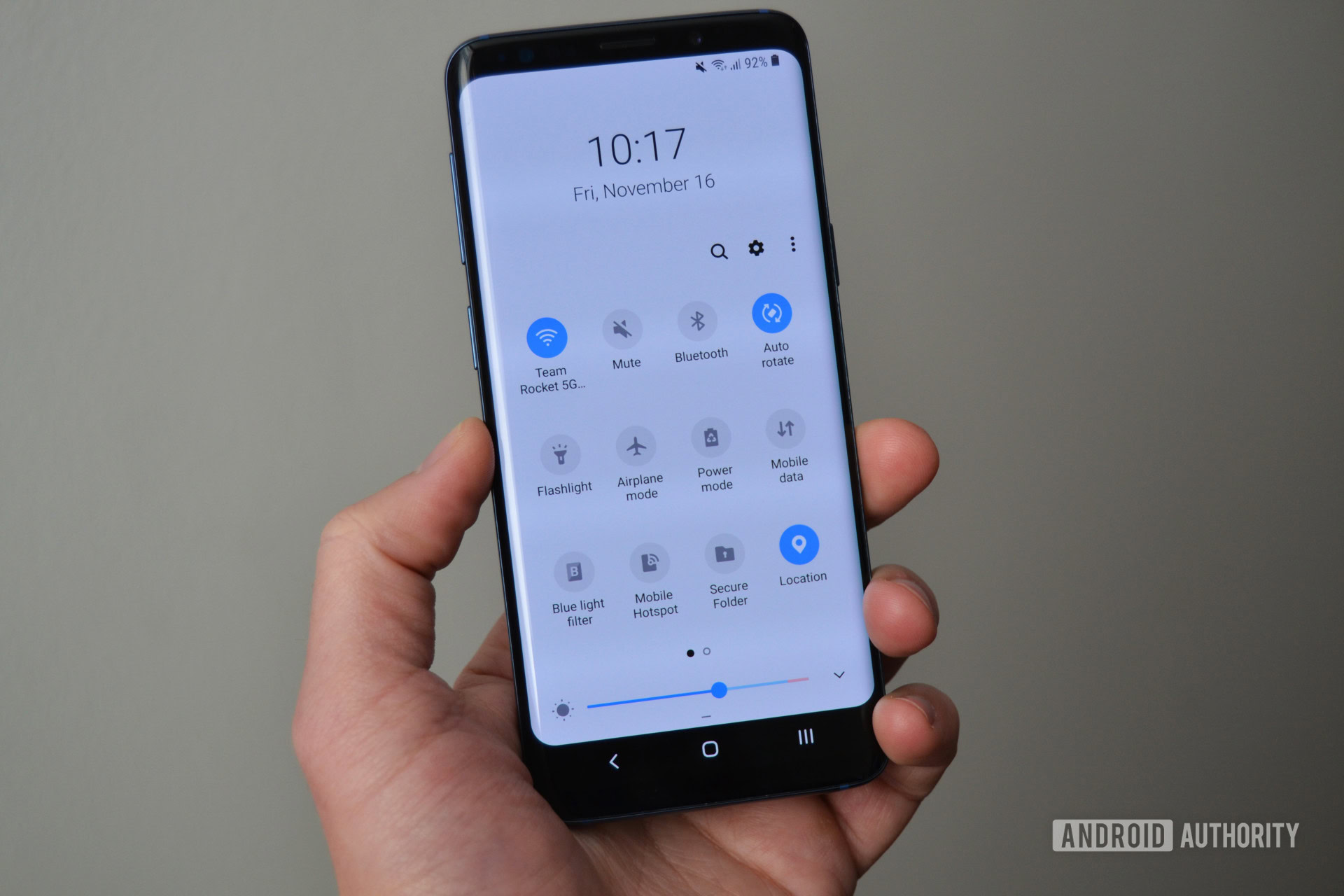
However, Samsung is not done yet with tweaking the interface for its phones. In November 2018, it announced One UI, which not only brings more design changes for the interface, but also adds features like an optional system-wide night mode, and splitting the viewing area on phones to the top, and an interaction area on the bottom. One UI is currently in the middle of its rollout, with some devices, like the Galaxy S9, S9 Plus, and Note 9 getting the final build, while the S8, S8 Plus and Note 8 scheduled to get the final version later this year.